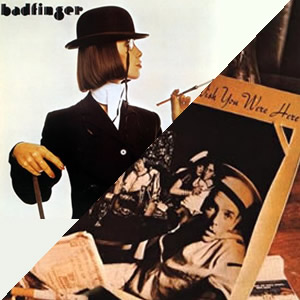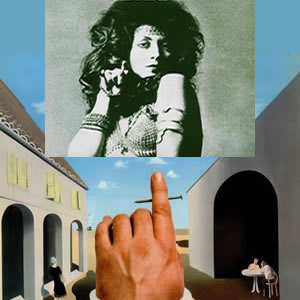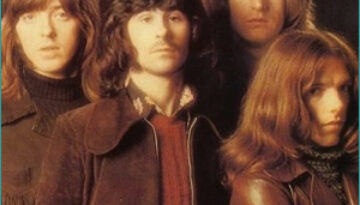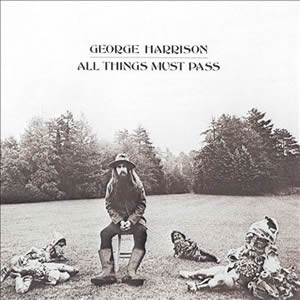Badfinger’s 1974 Albums
Buy Badfinger Buy Wish You Were Here Buy Badfinger Combo (Badfinger, Wish You Were Here, & BBC Sessions) Badfinger had one of the saddest roller coaster rides of the early 1970’s rock n’ […]

Buy Badfinger Buy Wish You Were Here Buy Badfinger Combo (Badfinger, Wish You Were Here, & BBC Sessions) Badfinger had one of the saddest roller coaster rides of the early 1970’s rock n’ […]

Buy Magic Christian Music Buy No Dice Badfinger thrust into the world of popular music with their first two releases, the soundtrack Magic Christian Music and the rock album No Dice. The first […]

Buy Straight Up After the success of their 1970 album No Dice, Badfinger finished recording its third album with Geoff Emerick as producer. But the tapes were rejected by their label, Apple Records. […]

Buy All Things Must Pass We start our three part mini-series called “Life After Beatles” with All Things Must Pass, the triple LP album which George Harrison the month the Beatles officially broke […]